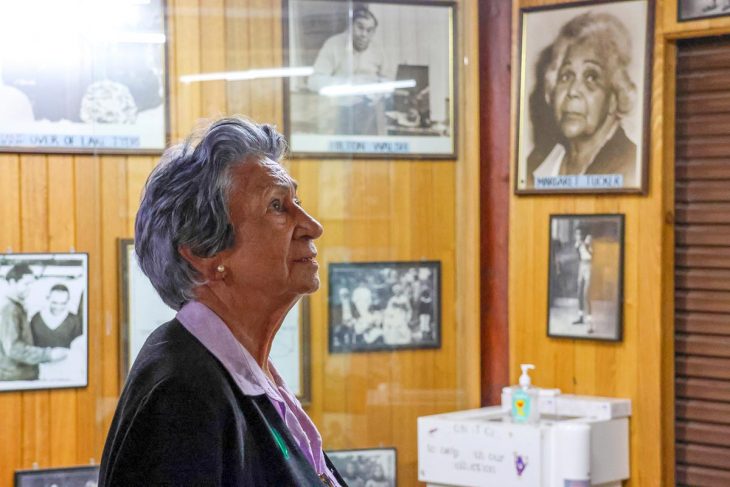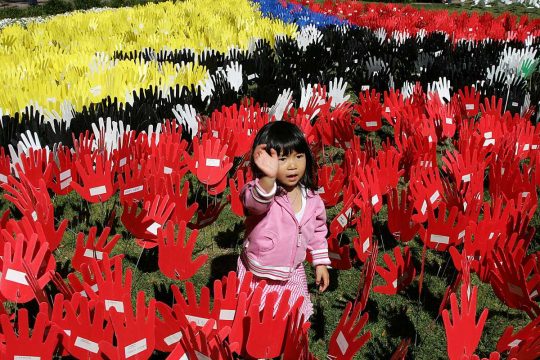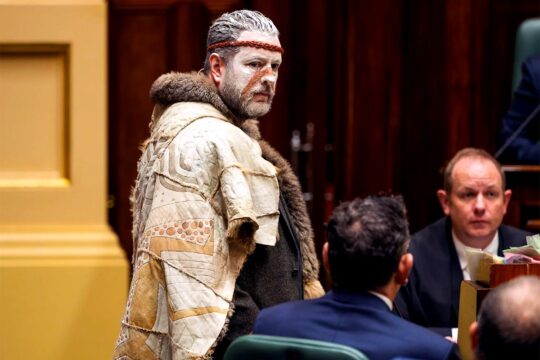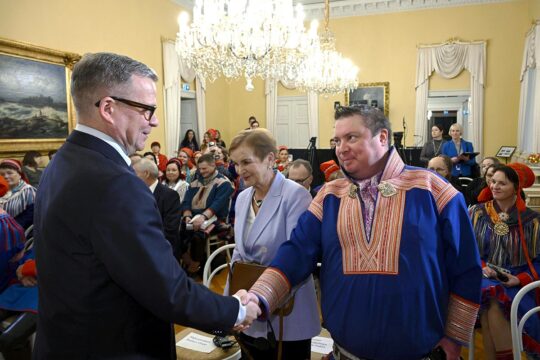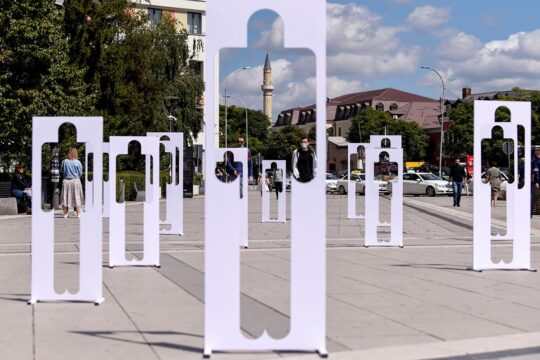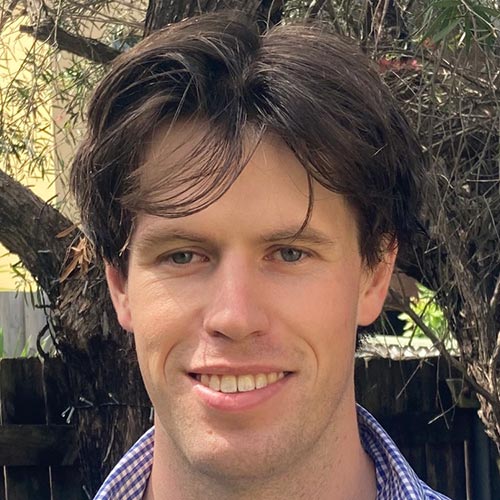In Australia, as the country readies for a referendum on an Indigenous Voice to Parliament, First Nations people in the state of Victoria are grappling with the legacy, and continuing reality, of colonisation in a unique truth-telling commission, known as the Yoorrook commission. Established as part of the ongoing process of negotiating a Treaty between the state government and local Aboriginal communities, in December the Commission heard Elders, community leaders and experts speak out about systemic injustice in the state’s child protection and criminal justice systems. The Commission’s December hearings were the second round in what is expected to be a years-long process of truth-telling and information gathering.
The stories of past and present injustice told before Yoorrook will go towards creating an official public record of the impact of colonisation on First Peoples. At the Commission’s launch, Deputy Chair Sue-Anne Hunter said that “the history of Victoria has been told by the side of the oppressor. And when you only have one side of the story, it’s always an imbalance.”
While countless reviews, inquiries and commissions have come and gone without significant action, there is a quiet confidence that Yoorrook, designed and led by Indigenous Victorians, and as a part of a definable Treaty process, will lead to self-determined solutions.
“We were taken without my parents being informed”
Indigenous experts and practitioners in the child protection field told the Commission that “Western conceptions of what a good family looks like” continue to perpetuate a racist system of state-sponsored child removal, which many Australians believe to be condemned to a shameful past. Representatives from the Victorian Aboriginal Child Care Agency submitted that “every problem we have today in Victoria’s child protection and criminal justice systems is a direct result of centuries of racist policies, legislation and reinforced discriminatory practices.”
Witnesses drew a link between historical child removal practices and modern policies and legislation which see Aboriginal children 20 times more likely to be placed in out-of-home care than their non-Indigenous peers, and which have presided over a dramatic increase in the number of Aboriginal children brought into contact with the child protection system.
Aunty Charmaine Clarke, a Gundijtmara elder and family violence researcher, told the Commission of being taken into state care aged two because her parents, as itinerant fruit-pickers, had “no fixed address.” “We were taken without my parents’ consent. We were taken without them being informed either,” said Clarke. Aunty Geraldine Atkinson likewise spoke to a childhood of moving regularly to avoid welfare officers, after the state tried to remove her following her father’s death. “Wherever we lived we were under scrutiny. We were always under scrutiny about how we were living, where we were and the conditions we lived in. It was traumatising [to see other children removed]. You would think that you would be next.”
The trauma developed from past generations, and the consequent fear of the child protection system, “intergenerationally continues,” Jacynta Krakouer, a social worker and academic, told the Commission. Hostile government policy, which views parents being ‘unwilling to cooperate’ with welfare officers as a risk factor for children, further compounds the problem. “That trauma response animates real fear and you don’t want to talk to them because you are scared it’s going to happen to you what happened to our ancestors, what happened to our Elders,” said Krakouer.
Child protection or child carelessness?
The Commission heard that policy and legislation that ignores Aboriginal history and culture continues to deliver bad outcomes for First Nations people. “Victorian-era” understandings of what “good parenting” looks like continue to underpin child protection legislation and practice, and don’t account for “kinship-grounded” models of child-rearing. Krakouer cited examples of children being placed with the non-Indigenous side of their families by child protection because they were seen “to have the model standard of good parenting.” The absence of self-determination in developing child protection policy creates a situation in which past wrongs are re-committed, and Aboriginal children are disconnected from their families and their culture.
The Commission heard of the high rate of removal of Aboriginal infants in Victoria, which sits at 18 times that of non-Indigenous children. It was noted that many of the risk factors influencing contact with the child protection system are “historical and static – they are beyond the control of families to alter, no matter how motivated they may be.” The peculiarities of ‘unborn notifications’ – where an individual can make child protection aware of concerns about the wellbeing of an unborn child – further entrench Aboriginal disadvantage and perpetuate a system of child removals. Mothers are not informed that a notification has been made, and child protection does not have the power to make a referral to a community-based service before the birth. Karinda Taylor, from First Peoples’ Health and Wellbeing, told the Commission of an instance where this legislative framework played out when an unborn notification was made by police when the mother was five weeks pregnant following a domestic dispute. In the intervening period, the mother left the relationship and found new living conditions, and the notification went “undisclosed and unrecognised” until the birth: “The first person that she sees, before any of her family arrive to meet her baby, is a child protection worker to take her baby.”
While the state continues to pathologise and punish Aboriginal family structures and ways of parenting, the state’s level of care is, in many cases, not up to standard: “If the State were held to the same standards that our families are held to, the state would have the children removed from their care,” said Krakouer. The Commission was told of the Department dropping children on the doorsteps of carers at night with $20 and some clothes, while significant administrative failings were spoken of – in 2021, child protection did not have a primary address for 462 children in its care, while another 171 were at “address unknown.”
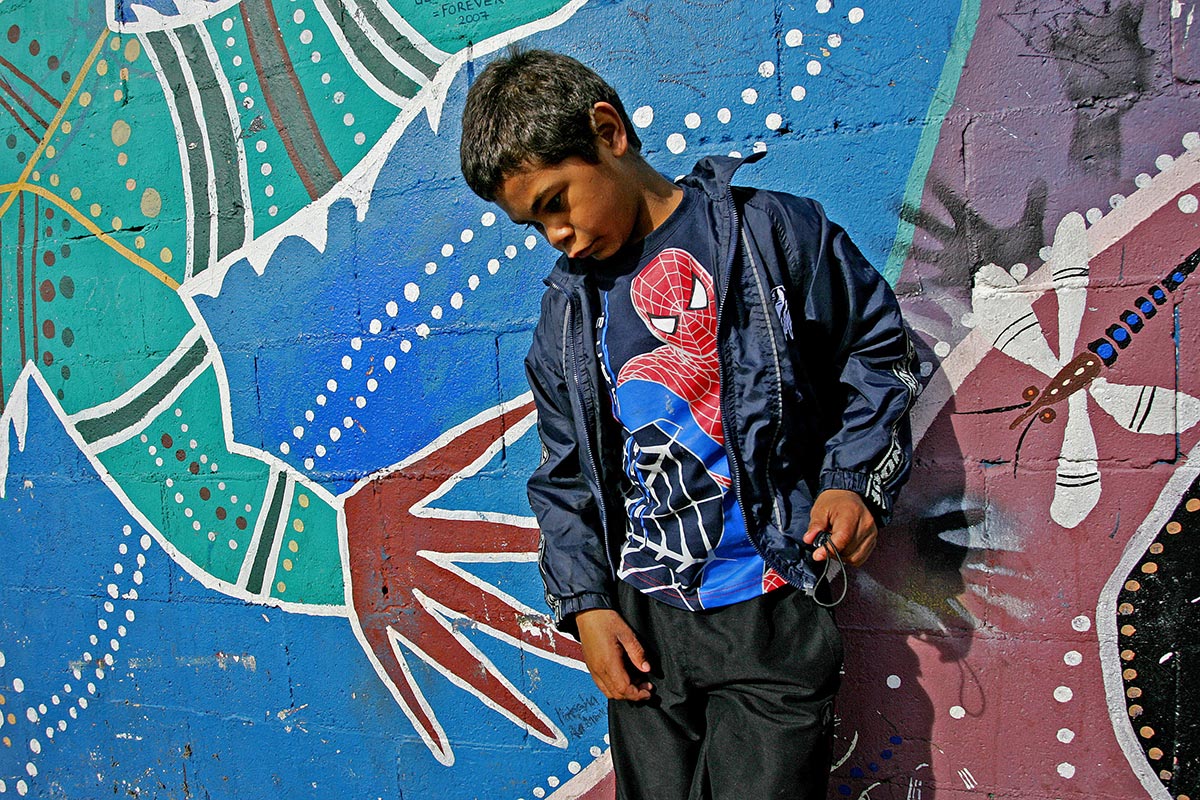
Criminal responsibility at 10 years old
The interrelationship between Victoria’s child protection and criminal justice systems was emphasised by witnesses before the Commission, with systemic racism and the historic and ongoing trauma of child removal perpetuating overrepresentation in the criminal justice system.
Witnesses were united in pressing the need for Victoria’s age of criminal responsibility to rise from the current 10 years of age – out of step with international standards and contributing heavily to the criminalisation of Aboriginal children, while perpetuating cycles of trauma.
Aunty Geraldine Atkinson told the Commission about her brother, who, after being caught stealing $20 from his teacher as a 10-year old, was removed from his family, sent to various juvenile detention facilities across the state, before winding up in adult prison and ultimately dying at a young age.
“Now that’s the story of a child being removed at about 10 years of age then what their life trajectory is… Do we still want that to occur? Do we still want to see our people locked up at 10, still being babies, not having a chance to change their lives?”
Stories like Atkinson’s continue to be replicated under a system described by Meena Singh, Victoria’s Commissioner for Aboriginal Children and Young People, as “having devastating consequences for Aboriginal young people and their families.” Karin Williams, a youth justice worker, spoke of supporting a 10 year old child in court who had been locked up overnight.
“He didn’t have anyone. I sat with him. I was crying like a baby beside him because it was disheartening. He was crying. He was distressed because he had no one with him. He ended up getting locked up again, I think, because he had no one around to take him home.”
Police racism and excesses
Compounding legislative settings that criminalise children and perpetuate trauma, the Commission heard that institutional racism pervaded Victoria Police. Representatives of the Victorian Aboriginal Legal Service (VALS) said that police, in responding to calls from carers over behavioural issues, regularly ignored a legislative directive to de-escalate and proceed without arrest in such circumstances. The Commission was told that police used derogatory and degrading language towards children in these situations, and excessive force, including the use of chokeholds, when making arrests. One child, ‘M’, who has been in 12 different care homes since the age of 11 and has serious mental health and disability issues, “has spent months in prison despite never being sentenced to a term of imprisonment.” He was subject to violent arrests – some resulting in hospitalisation – and became “targeted” by police. In some cases, VALS submitted, “police officers appear to pursue a vendetta against Aboriginal children once they become known to police.”
Children in detention – many of whom are on remand – are exposed to institutionalised racism and brutality, the Commission further heard. Representatives of Kurnai Legal Practice spoke of uncovering racially-motivated strip-searching of children by police. “[After speaking to clients] we realised very quickly it was only Aboriginal children who were being routinely subjected to strip searches.” Only after they were issued subpoenas and presented with evidence did the police drop their denials and institute a change of policy.
As with child protection, the Commission was told that the institutions which have committed past injustices against Aboriginal Victorians continue to do so today. “There is a direct line between structural conditions of colonisation, including police practices, and the contemporary criminal justice system which continues to reproduce marginalised peoples as criminal sub-groups,” submitted the First Peoples’ Assembly of Victoria.
There was agreement among witnesses that only Treaty and self-determination can effect transformational change to repair the harms of colonisation, which continue to manifest themselves today.
The “discriminatory” effect of bail laws
Victoria’s harsh 2018 bail laws – which have seen a precipitous increase in Indigenous incarceration – provide a case study into the need for self-determined solutions, said witnesses. The provisions create a reverse onus in applying for bail, requiring those with past convictions, even for minor offences such as shoplifting or failure to appear, to prove ‘exceptional circumstances’ to be bailed. Aboriginal people face an additional hurdle, according to Tessa Theocharous from Kurnai Legal Practice: “We have not had one case for a First Nations person where the police prosecutor will consent to bail. We have some non-Indigenous clients and there is a noticeable difference in the police approach to these clients.” The laws have had tragic consequences – in 2020, 37-year old Veronica Nelson died in prison after being denied bail on a shoplifting charge. A coronial inquest this week found Nelson received “cruel and degrading treatment” at the hands of prison staff, and that the laws have a “discriminatory” effect on First Nations people.
“You can’t have a Treaty without truth”
A constant thread throughout the two weeks of hearings was the pressing need for self-determined solutions. The institutions – police, government departments, and religious charities – which perpetrated the injustices of the 19th and 20th centuries are the same which operate in today’s criminal justice and child protection systems. Many witnesses insisted that only a true break from these symbols of colonialism can produce meaningful and lasting change. The First Peoples’ Assembly of Victoria, the body charged with Treaty negotiation, submitted that “from the earliest stages of colonisation, colonialists used violence and policing, and forcibly separated First Peoples’ children from their families. The reality for our people is that the conflict has never stopped.”
While past inquiries may have come to nought, Yoorrook offers a new mode of confronting the past, entirely self-determined, and informing a Treaty negotiated on First Peoples’ own terms. Peter Hood, a member of the Assembly, told Justice Infoof “fairly heated debate” about the direction of the Commission when it was being designed. “But the beauty of it was we were all paddling up the same stream. Come five o’clock when it’s time to lay down your shields, everybody was like family.”
As to the evidence heard by the Commission, Hood says that “not every story will be told – there's thousands out there – but it’s peeling off a layer or two, like an onion. What happens when you peel an onion? You get teary. A lot of these stories were very difficult to tell, especially for Elders. It can be very emotional to speak about. For all these years they’ve never ever spoken about it.”
“You can’t have a Treaty without truth,” says Hood. Despite the innumerable challenges ahead, there’s reason for optimism, he says: “It’s been a hard slog, but there’s definitely light at the end of the tunnel.”


